A Trip To The Coldest And Most Remote River Of Antarctica
17:30 minutes
 We’ll take you into the field, on the page. Experience this story on Methods, From Science Friday.
We’ll take you into the field, on the page. Experience this story on Methods, From Science Friday.
The Onyx River is the longest river in Antarctica, flowing for 19 miles from the coastal Wright Lower Glacier and ending in Lake Vanda. This seasonal stream also has a long scientific record—it has been continuously monitored by scientists for 50 years. Science Friday’s education director Ariel Zych took a trip to the McMurdo Dry Valleys in Antarctica to visit scientists in the field who are part of this monitoring project. She and limnologist and biogeochemist Diane McKnight, who has spent decades studying these rivers, talk about the frozen desert ecosystem these waterways transect, and how climate change has affected the continent in the last 50 years.
Journey into the field with the “Stream Team,” experience flying through the Dry Valleys by helicopter, and explore the melt data of the Onyx River Record in this feature at Methods, From Science Friday.
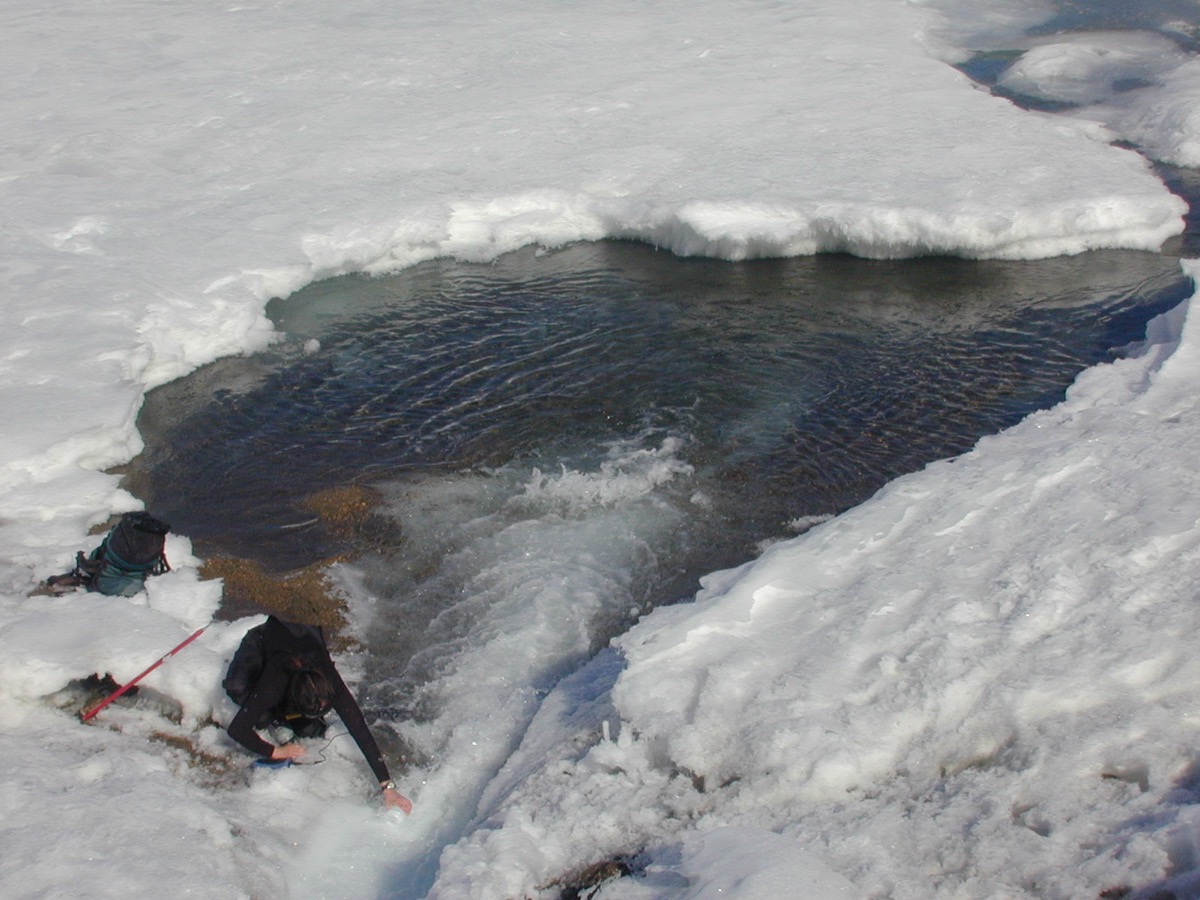
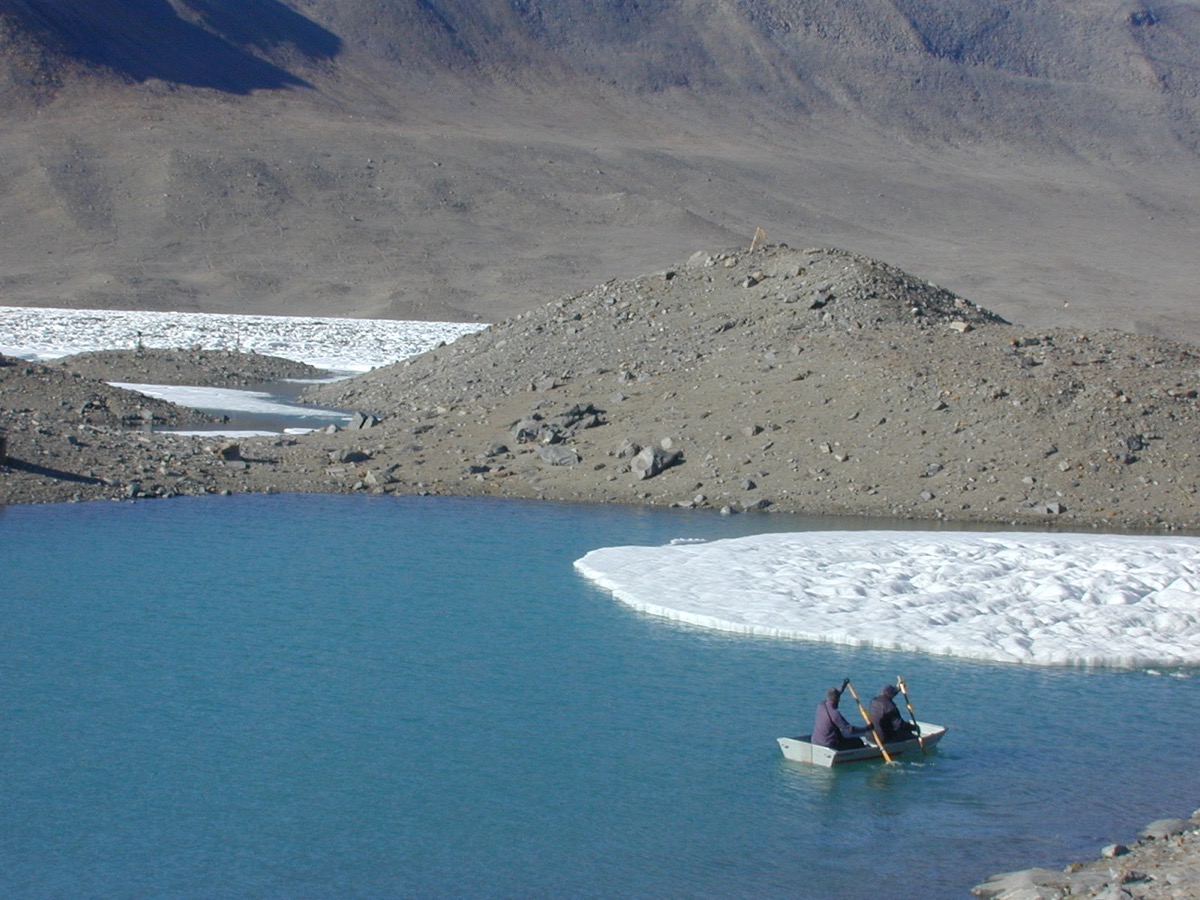
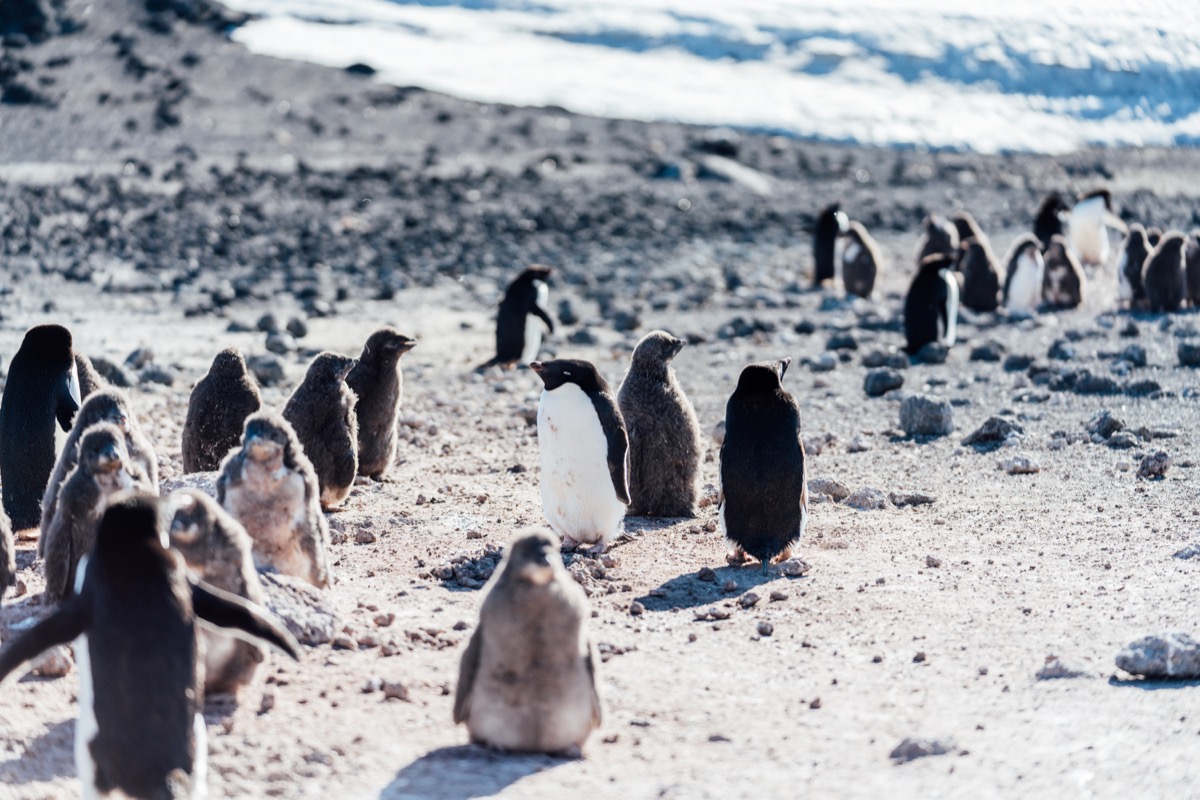
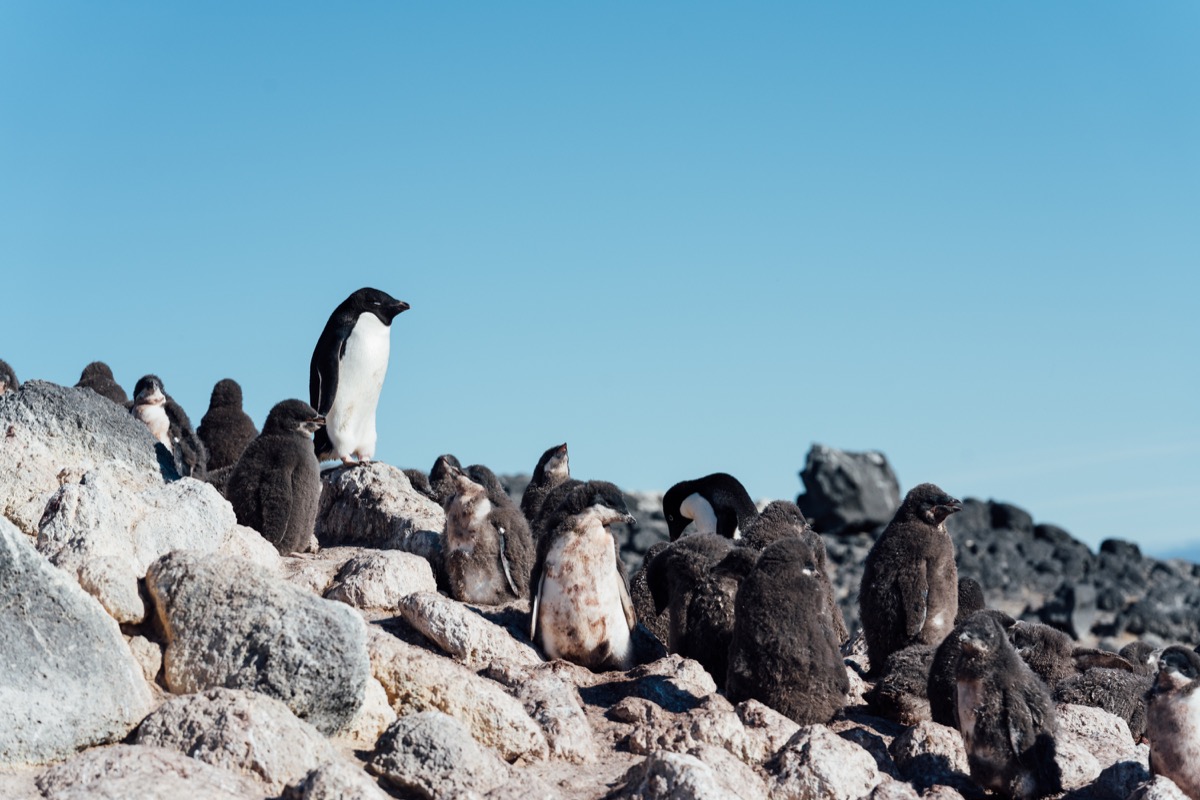
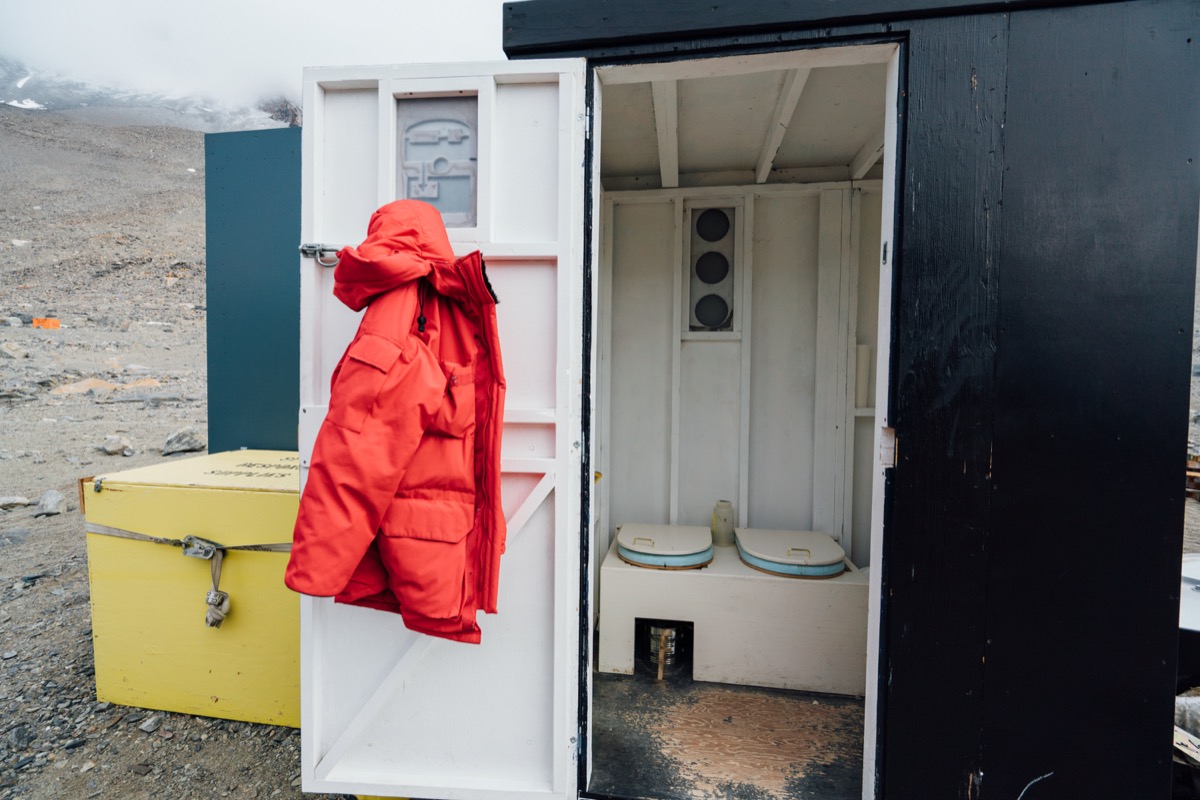
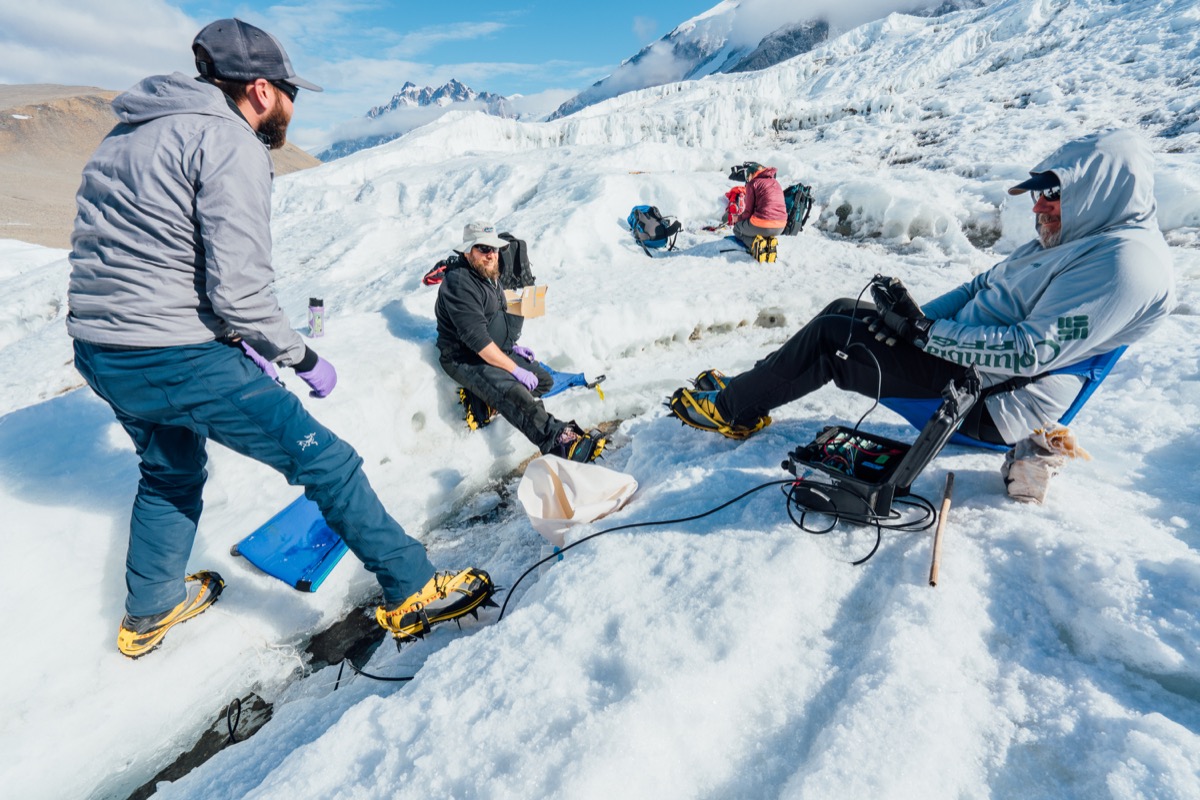
*Editor’s Note 6/10/2019: This article was updated to include researcher Sarah Fortner’s credit to the 2002 flood year image.
Invest in quality science journalism by making a donation to Science Friday.
Diane McKnight is a Fellow at the Institute of Arctic and Alpine Research, and a professor of Civil, Environmental and Architectural Engineering at the University of Colorado Boulder in Boulder, Colorado.
Ariel Zych was Science Friday’s director of audience. She is a former teacher and scientist who spends her free time making food, watching arthropods, and being outside.
IRA FLATOW: This is Science Friday. I’m Ira Flatow. Antarctica is a place of extremes. There’s extreme beauty and unimaginable cold. And despite the harsh conditions, a dynamic ecosystem thrives there. There are seasons, a network of rivers, and plenty of life, ranging from emperor penguins to tiny algal diatoms. And there are scientists stationed in Antarctica down there year round conducting research.
Our own SciFri education director Ariel Zych was lucky enough to travel down to Antarctica this January. And she followed these scientists into the field. She filed the story for our Methods project, which is one of the ways that we are working to connect scientists and the public.
Methods brings you into the field alongside the people who are trying to find the answers to the big questions using video, pictures, and sound to immerse you in the field sites. And you can read the piece and see the amazing photos up on our website at sciencefriday.com/methods. Ariel is here to tell us about her trip. Hi, Ariel.
ARIEL ZYCH: Hi, Ira. How’s it going?
IRA FLATOW: It sounded like you had a wonderful time, that you had some stunning videos you took from a helicopter flyover. Most people only dream of Antarctica. Describe what it looks like, what it was like being there for us.
ARIEL ZYCH: Well, Ira, it really is incredible. And I think everybody expects people to say that when they come back from Antarctica. But the scale of it and the number of ways in which it’s incredible absolutely blew me away. I’d been researching Antarctica for months before I arrived. And even when I did, the mountains that surrounded the place, when you arrive on a sheet of ice that is truly ancient, travel to a camp that hosts hundreds and hundreds of professionals, not just scientists, but fuel technicians and architects and cooks. It’s the human presence. And then the magnitude of the landscape is really incredible.
IRA FLATOW: Now, McMurdo is the main American research station there, right? What was it like to live at that station?
ARIEL ZYCH: Well, so McMurdo is surprisingly normal. The people there are kind and generous to one another. It’s a community that’s the size of a small mining town. But it has world class research going on.
And it’s very collegial. We eat dinner together in a dining hall. There’s karaoke nights. There’s knitting clubs.
But also, at any moment, you could be brushing your teeth with a seismologist or having a coffee with an astrophysicist. And I think that’s what’s really incredible about it. It’s like science camp on steroids. And it feels good. They’re really good people there.
IRA FLATOW: I think Antartica, to a lot of people when they picture it, it’s penguins. And you visited a penguin colony there. And you called in live back in January when you were there. Let me play that. For those who missed it, this is what it sounds like. [PENGUINS VOCALIZING]
Remember that, Ariel?
ARIEL ZYCH: Oh, I do. And I remember the smell. And I remember how freaking rugged those little birds were. So these are adelie penguins. They’re not the tallest penguin, not emperors.
But they’re fluffy. And they are robust. When you meet one, you fully understand how it is that they’ve survived for so long in the world’s harshest climate. And that was such a gift to see those birds.
IRA FLATOW: Yeah. When I was there, I was surprised by what vocalization they did. I never expected a little trumpeting like that.
ARIEL ZYCH: Oh, sure, yes. And certainly the persistence of their chicks. I was there during fledgling season. And those chicks were still begging even though they were at least the size of their adult counterparts and fluffy as heck. So yeah, that was something to see.
IRA FLATOW: Another group of scientists you were with were working in an area called the Dry Valleys. I mean, why is it called Dry?
ARIEL ZYCH: I mean, it’s exactly what you think. It’s a desert. And what’s surprising is when we see images of Antarctica, we see the snowpack. We see glacier. We see mountains. We don’t often see bare earth and dirt and silt.
Being in this place that receives constant sunshine in the summer, like all of Antarctica, but that is dry and even warm at times, that’s remarkable. It was astonishing, right? And even early explorers, when they first arrived, the first humans to set foot in these dry valleys couldn’t believe that they could run their toes in the dirt, feel the silt in their hands. They could feel the warmth of the sun. And also, they could reach down with a cup and dip fresh water and drink it without having to do anything. I mean, and that’s what’s so special. That’s why this place is truly a continental outlier.
IRA FLATOW: I want to bring on a scientist who works on the rivers in the dry valley and who was Ariel’s roomie. Diane McKnight is a fellow at the Institute of Arctic and Alpine Research and a professor of civil, environmental, and architectural engineering at the University of Colorado in Boulder. Welcome to Science Friday.
DIANE MCKNIGHT: Welcome. Thank you. It’s a pleasure to be here.
IRA FLATOW: Let me give out our phone number for our listeners if they’d like to talk about Antarctica. 844-724-8255, 844-SCI-TALK. Or you can tweet us @SciFri. How do these river systems in Antarctica work? Is it melting that’s coming off the glaciers in the summertime?
DIANE MCKNIGHT: Yes, that’s correct. Some people think, well, it has to be at least zero degrees to start melting. But actually, the melt starts when it’s minus 5 below. And the ice sort of heats up underneath the surface layer. And these streams flow for about six to 12 weeks per year.
IRA FLATOW: And the Onyx river is the longest river there and one that is well studied. There is something called the Onyx River Record.
DIANE MCKNIGHT: Yes. And we are the keepers of the record, our research group. And it’s been data that had been collected since 1969. And it tells us a lot about how the valleys have experienced different climate conditions.
IRA FLATOW: Now, most rivers in the world, they flow into something, right? Does the Onyx flow into something?
DIANE MCKNIGHT: The Onyx flows into a closed basin lake. And water is lost from the lake by basically evaporation from the perennial ice cover of the lake. And the ice is four meters thick. So it it flows into the Lake Vanda.
IRA FLATOW: Lake Vanda. I was there. It was amazing.
DIANE MCKNIGHT: Yes it is one of the most beautiful places I’ve ever seen. Yeah, it’s incredible.
IRA FLATOW: And Ariel, you show in the piece that you filed on our website at sciencefriday.com what it still looks like around the river and the area. And one of the interesting parts about that river basin is that there were algae growing near the water. Right, Diane?
DIANE MCKNIGHT: Yes, that’s correct. These are mats of blue-green algae, which are not that unusual all over the world. And they’re freeze dried for most of the winter and fall. And as soon as the water comes down the stream, they start growing again and the other organisms that are in these algal mats.
IRA FLATOW: They’re diatoms.
DIANE MCKNIGHT: Yes, there’s diatoms. And there are 50 species of diatoms in the Dry Valleys. That’s a lot of diversity for Antarctica.
IRA FLATOW: And a diatom is–
DIANE MCKNIGHT: A diatom is a microscopic algal cell that has a silica shell that can be well preserved. And so that’s how we can tell them apart, by looking at the patterns in the silica glass shell.
IRA FLATOW: That’s interesting. Ariel, you interviewed Mike Gooseff who is a scientist on the ground. And he works with Diane. What were you looking at?
ARIEL ZYCH: So I traveled to Antarctica largely to meet people who were persisting in research that had been going on for an extremely long time. So Mike Gooseff is one of the other leaders on the long-term ecological research project in the McMurdo Dry Valleys. And it’s a group of loads of scientists who are all measuring, watching, experimenting with questions that just take years and years to answer. And I followed Mike around.
And he showed me some of the changes that have been happening in the Dry Valleys. So some of the shifts that he’s noticed in his career, but also that the LTER as a whole have documented. Things like changes in permafrost, things like changes in the location and amount of water flow. It’s simple in some ways, the work. But it’s also, it’s active persistence. And the interest and passion that they’re pursuing it with is something.
IRA FLATOW: Let me go to the phones. 844-724-8255. Audrey in Deer Lake, Minnesota, hi. Welcome to Science Friday.
AUDREY: Yeah, hi. How are you doing today? I was there back in ’07, ’08. And there was a man who lived here for years. And his name is Charlie Blackmore. He did construction down there for years.
But when I was there, I remember there was a lot of training about environmental cleanup, and if there was any accidents or taking any waste out with you so you don’t contaminate anything there. Because everything is kind of like a big research laboratory. Have you seen any changes in that, or any uptick in trying to make sure that we are not environmentally changing or altering Antarctica by our human presence?
IRA FLATOW: Dr. McKnight–
DIANE MCKNIGHT: Well, the environmental protocols of the Antarctic Treaty were approved around the early ’90s, I think 1992. And so there has been major changes since as a part of that in terms of how waste is managed. And at McMurdo Station, something close to 80% of the waste is recycled or disposed of in some way. And before you can go in the field, you have to take an hour-long waste management class.
ARIEL ZYCH: I remember that class. Yeah. I learned a lot, actually.
IRA FLATOW: Speaking of change, let’s talk about climate change. Can it be difficult to measure in Antarctica? Can you see it? You’ve been going there for a while.
DIANE MCKNIGHT: Yes. My first season was 1987. And we observed a period when the Dry Valleys were colder. And the stream flow decreased a great deal. And some streams ceased all together in the summer. And then that’s turned around since about 2002, 2005.
And so we learned afterwards that that cold period was partially a result of the ozone hole. Because ozone itself is a greenhouse gas. And that absence of ozone was changing the climate. And now other factors may be taking over.
IRA FLATOW: Hm, interesting. Ariel, were you studying the effects of climate change in Antarctica? It must be pretty difficult.
ARIEL ZYCH: Well, so it is. And I think what was interesting was hearing the different lenses through which these different scientists are studying it. So some people are seeing shifts in soil ecology, changes in nematode number and abundance, and diatoms and algae, certainly. And then other people were seeing changes in the physical structure of the ground, or in the melt season and duration.
And what was interesting to me too, beyond this sort of observational approach, there’s a lot of experimentation going on. This idea that, OK, maybe water will be more abundant in the Dry Valleys in the future. Why don’t we modify this environment and experiment with changing the availability of water?
I witnessed the Pulse Press Project, which is this basically simulated flood scenario over different regimes. So and even the answers to those questions, these experiments, they’re going to take seven years. Because that’s how long it takes a nematode to go through a complete life cycle. So yes, they’re studying that change. And those changes are becoming apparent. And it’s fascinating.
IRA FLATOW: Let me get a quick tweet in from somebody who wants to know– there it is. Donald says, what is considered warm in Antarctic desert? Is it like that year round? Fascinating.
DIANE MCKNIGHT: Yes, well, a warm, sunny day can be four or five degrees above zero. But you have to imagine all this black ground just radiating heat. And it can be almost too warm to be in a sleeping bag in your backpacking tent. Because the ground around is so warm because it’s heated up.
IRA FLATOW: Black because of volcanic action, Mount Erebus nearby?
IRA FLATOW: –volcanic sands. And the streams will warm up to 15 degrees C on a sunny day. You can feel the water is warm.
IRA FLATOW: Interesting, interesting. I’m Ira Flatow. This is Science Friday from WNYC Studios, talking with Diane McKnight and Ariel Zych. Our number, 844-724-8255. Let’s go to Christopher in Murray, Kentucky. Hi there. Welcome to Science Friday.
CHRISTOPHER: Thanks for having me.
IRA FLATOW: Go ahead.
CHRISTOPHER: Yeah. I’m just curious if you guys have seen any sort of buildup of precipitants due to the evaporation of the waters as they flow into the lakes?
DIANE MCKNIGHT: That’s a great question. And when you walk down a stream channel, you can see this white salty crust on the edge of where the water is, where there’s damp soil. And when there’s high flows, all that salt is mobilized. And the water is actually saltier than you might expect.
IRA FLATOW: it’s interesting when you’re in Antarctica. What surprised me about the glaciers is actually how dirty they are, how much salt and silt and whatever is on them. They’re not pristine, are they?
DIANE MCKNIGHT: Well, there’s very strong winds in the winter time. And the land doesn’t have any plant vegetation holding it down. So there can be sediment deposited on the surface of these glaciers that make them dirty. And it varies from year to year. And that sediment influences how much melt happens.
IRA FLATOW: Ariel, were you surprised how old the ice is down there, how old these glaciers are?
ARIEL ZYCH: I was, yes. I was incredibly surprised. And it’s funny because you think about things moving at a glacial pace. I had heard that glaciers flow. That’s something we hear about, oh, glacial flow.
You can really see it when you’re sitting atop a glacier that it looks like a flowing ooze. Like, it looks like it’s oozing down a mountain. And it doesn’t move in front of your eyes. But you can absolutely see how it does. And that is something.
The other thing too, going back to this dirtiness thing, they’re so microbially active. I spent a day with some researchers who were watching nutrients being uptook by these different microbes that are hiding in these little sediment pools. And they’re ingesting nitrogen and phosphorus and doing cellular respiration. That thing is a breathing glacier.
IRA FLATOW: Yeah. And Diane, you’ve been studying Antarctica for decades, as you say. How have you seen the river ecosystems change? You mentioned that the melt is a little different over the years.
DIANE MCKNIGHT: Yes. When it was very cold, many of the algal mats sort of dried up and blew away. And then when there was a huge flood in January 2001, everything was scoured. And now we’ve been watching things grow back. And new types of algal mats appear here and there. It’s been exciting.
IRA FLATOW: Ariel, did you see the algal mats?
IRA FLATOW: Oh, yes. And actually, this is one of the joys of working with people who have been in the field for two months, is they say things like, oh wait until you see the beautiful colored algae. There’s black algae and orange algae and green algae. And I got to walk out and meet these algal mats in person.
And yes, there certainly are black algal mats. I wouldn’t have even known they were there if they hadn’t been pointed to me. The orange is a reddy brick orange. The green, it can range from being just barely green to bright iridescent green. So they’re beautiful. But they’re subtle. And they’re everywhere in these streams.
IRA FLATOW: And I think they grow under the ice in the lake, don’t they? Yes. The lake bottom is covered with very thick mats. And then there’s floating algae growing on the low amount of light that comes through the four meters of ice.
IRA FLATOW: We’ve run out of time. I want to thank both of you. I could talk about Antarctica forever. And you do, Ariel, after you get back, you want to talk about it all the time, don’t you?
DIANE MCKNIGHT: I do, yeah. It’s hard to help. And that was one of the things that’s going to be great. Please read the story. Because to get a real sense of it, you need to sort through those valleys yourself. I think that’s–
IRA FLATOW: Yeah. You took great photos. Great photos, great videos. And you can see all of them up on our website at sciencefriday.com/methods. Thank you, Dr. McKnight, also. Diane McKnight is a fellow at the Institute of Arctic and Alpine Research, professor of civil, environmental, and architectural engineering University of Colorado in Boulder.
DIANE MCKNIGHT: It’s been a pleasure to be here.
IRA FLATOW: It’s been our pleasure. And you’re lucky to keep going back down there.
Copyright © 2019 Science Friday Initiative. All rights reserved. Science Friday transcripts are produced on a tight deadline by 3Play Media. Fidelity to the original aired/published audio or video file might vary, and text might be updated or amended in the future. For the authoritative record of Science Friday’s programming, please visit the original aired/published recording. For terms of use and more information, visit our policies pages at http://www.sciencefriday.com/about/policies/
Alexa Lim was a senior producer for Science Friday. Her favorite stories involve space, sound, and strange animal discoveries.
Ira Flatow is the founder and host of Science Friday. His green thumb has revived many an office plant at death’s door.